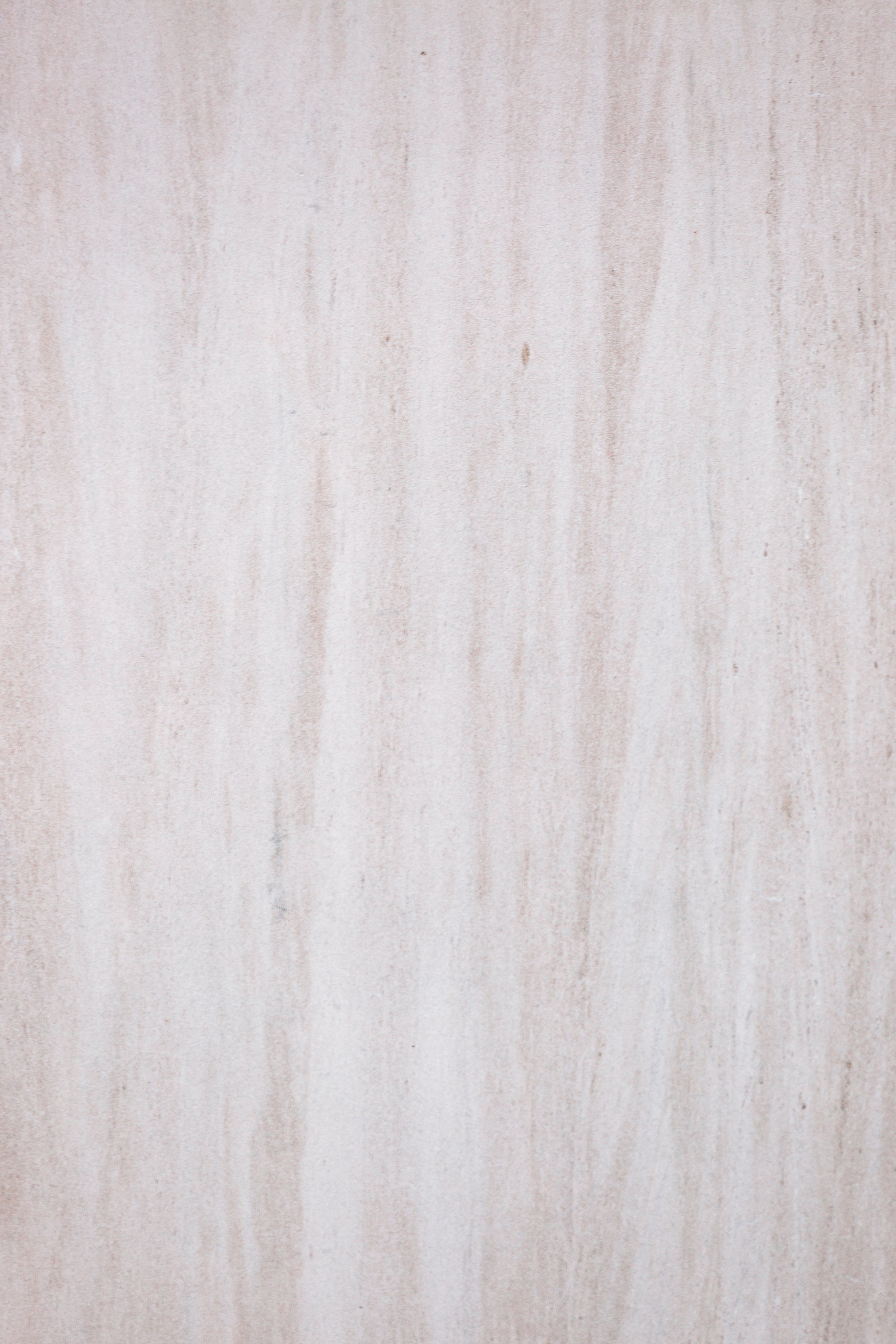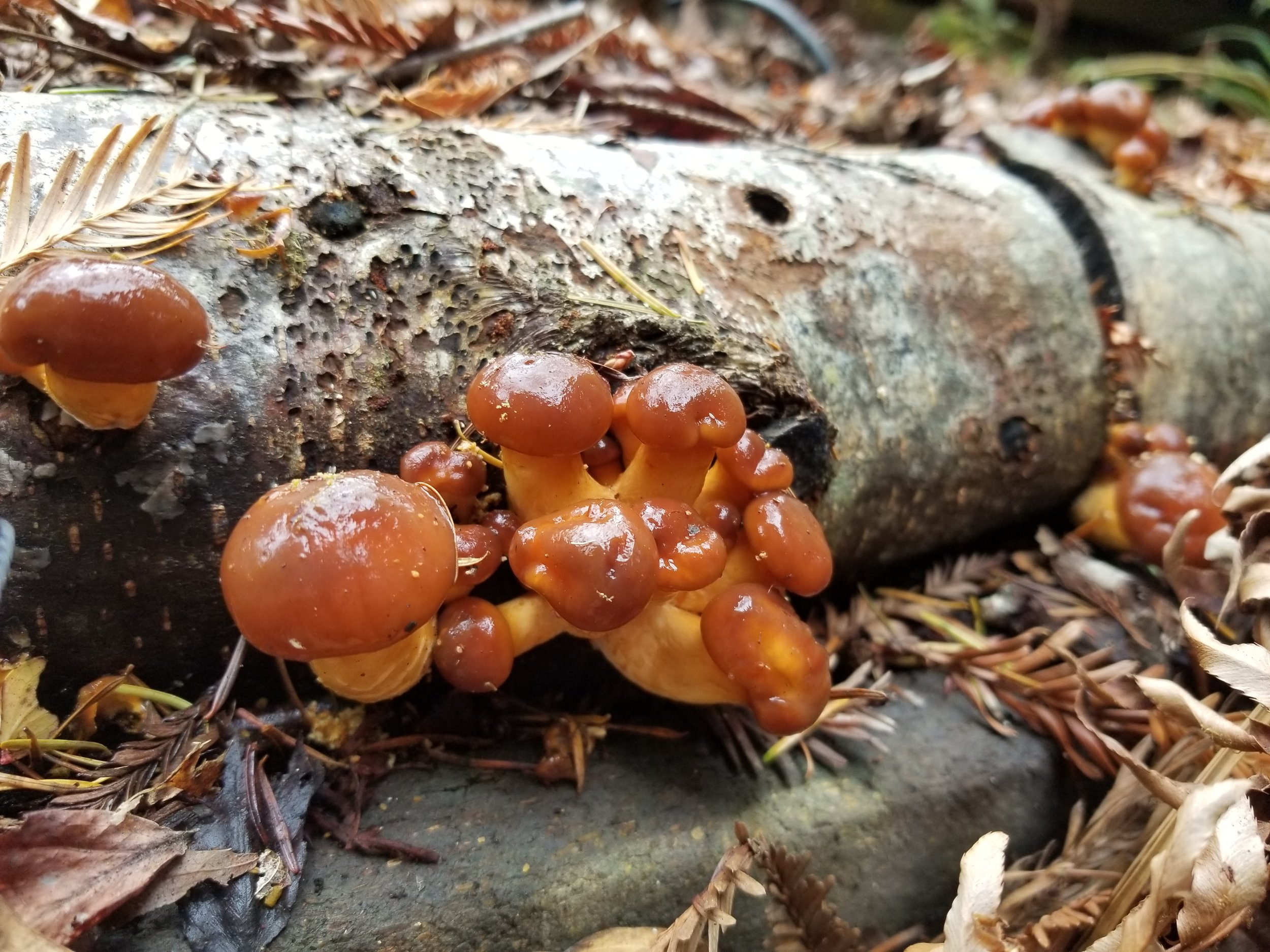
Log Burying Techniques
Techniques for Buried Log Cultivation
Inoculated logs of Nameko and Reishi can be buried after inoculation. Follow our instruction sheet for plug spawn inoculation.
Once logs are inoculated, inoculated the logs can be incorporated into your garden or landscaping. Logs can be buried vertically or horizontally in the soil, sand, or other substrates. Horizontally buried logs can be laid out end-to-end or buried side by side in a “log raft”. The buried portion of the log still needs to be inoculated and will provide food and water for the mushrooms.
Maintenance and care of the logs can be greatly reduced by burying the inoculated logs in a moist location of your garden that will be watered throughout the summer. Possible locations include a cultivated berry patch, a perennial herb bed, the border of a garden, near fruit trees, or a shaded forest area that stays wet or can be watered in the dry season.
Inoculating stumps is also an option for these species. Site location is key when inoculating stumps or creating artificial stumps. The log or stump must be in a moist location with some shade/mulch to prevent the wood from drying out.
Nameko – Pholiota nameko, will do best inoculated onto cherry or alder logs. Bury horizontally with a quarter to one-third of the log exposed after the incubation period. Fruitings can occur 2-3 times a year in the spring and fall when moisture is high (from sprinklers or rains). Nameko is a delicious delicate mushroom with a nutty flavor.
Reishi – Ganoderma lucidum, prefers maple and oak logs and warmer temperatures. If daytime temperatures are below 70°F, the logs should be placed in a greenhouse, hoop house, or cold frame for incubation and fruiting. With all Ganoderma species, short inoculated logs can be placed vertically in plant pots and buried with sand and/or gravel. Another method is to bury the entire log horizontally and cover it with sawdust, sand, and/or gravel. Reishi has been used for over 2000 years as a medicinal mushroom.




